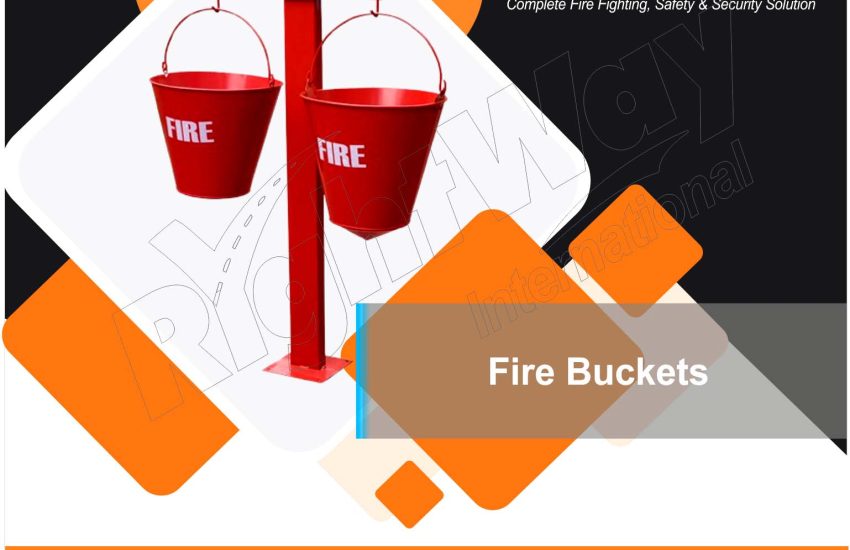Fire Buckets safety is a crucial aspect of protecting lives and property, and while many modern fire safety tools have evolved with technology, some traditional methods remain effective. One such tool is the fire bucket—a simple but important element in the history of fire safety.
Historical Context
Fire buckets have been a part of fire safety for centuries. Historically, fire bucket were used before the advent of modern fire extinguishing technologies. Early fire bucket were made from materials such as leather, wood, or metal and were often placed at strategic locations to provide a readily accessible water source in case of a fire.
During the 18th and 19th centuries, fire bucket were a common sight in cities and towns. They were typically made from galvanized iron or copper and were often stored in fire stations or near public buildings. Fire brigades used these bucket to pass water along a human chain to the site of a fire, a practice known as “bucket brigades.”
Design and Function
Traditional fire bucket were designed to be durable and easy to handle. They typically featured sturdy handles for carrying and were often painted in bright colors, such as red, to ensure visibility. Some fire bucket were equipped with a lid to prevent the water from spilling or freezing.
In terms of functionality, fire bucket were primarily used for small fires or to provide an initial response before more advanced firefighting equipment arrived. They were also used in conjunction with other fire suppression tools, such as hand pumps and fire hoses.
Modern Usage
In contemporary times, the role of fire bucket has largely been supplanted by more advanced fire suppression systems, such as fire extinguishers, sprinklers, and fire hoses. However, fire buckets are still used in certain contexts.
- Regulatory Requirements: In some regions, regulations still require the presence of fire bucket in certain types of buildings, especially where fire hazards are present but advanced systems are not feasible or practical.
- Industrial and Outdoor Use: Fire bucket are often used in industrial settings, construction sites, and outdoor areas where flammable materials are present. They are particularly useful for small, controlled fires or for use in environments where other fire suppression methods may not be as accessible.
- Symbolic and Educational Value: Fire bucket are also used symbolically in fire safety education and historical displays. They serve as a reminder of the evolution of fire safety technology and the importance of preparedness.
Maintenance and Best Practices
For fire bucket to be effective, proper maintenance is essential. This includes:
- Regular Inspections: Fire bucket should be inspected regularly to ensure they are in good condition and that the water or other extinguishing agents are fresh and usable.
- Proper Placement: Fire bucket should be placed in easily accessible locations, clearly marked, and free from obstructions.
- Training: Individuals should be trained on how to use fire bucket effectively, particularly in environments where they remain a standard part of the fire safety equipment.
Conclusion
While fire bucket may not be as prevalent in modern fire safety systems, they continue to serve an important role in certain situations. Their historical significance and continued use highlight the evolution of fire safety practices and the importance of having appropriate tools for different fire risks. Understanding the role of fire bucket in the context of broader fire safety efforts underscores the importance of ongoing vigilance and preparedness in protecting lives and property from fire hazards.


